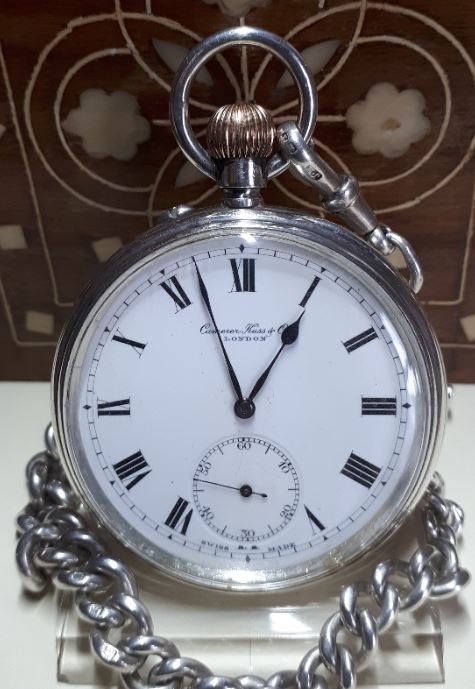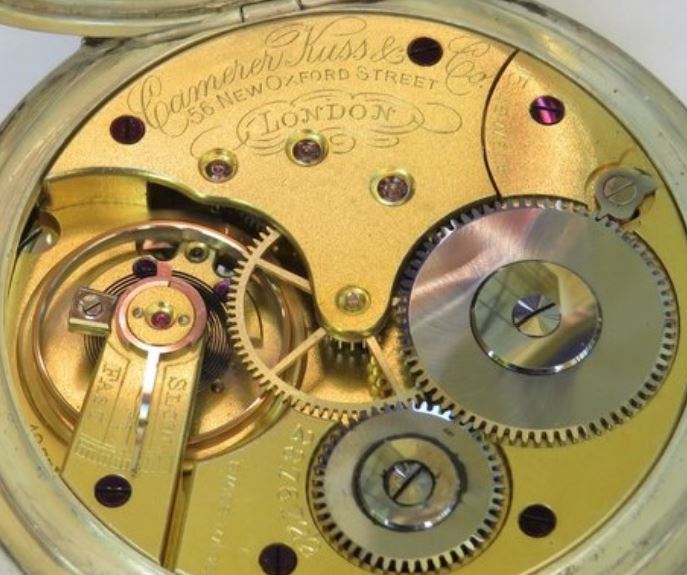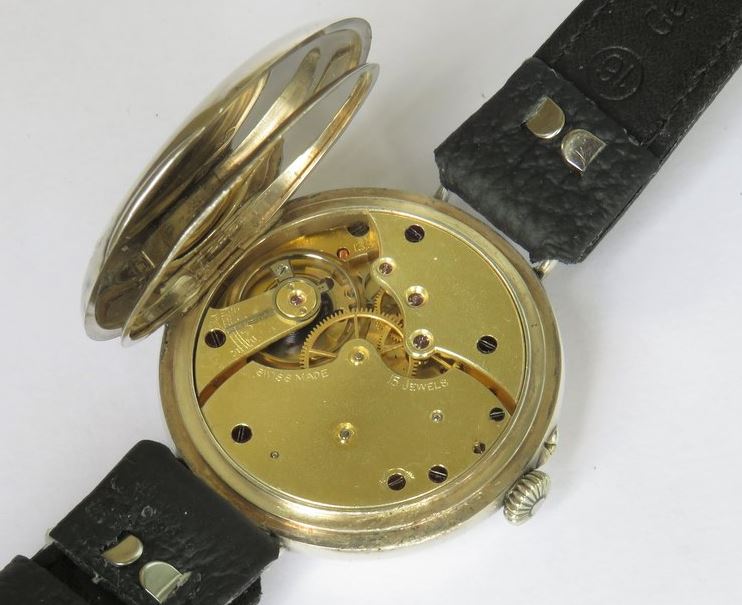In the early 19th century the Swiss watchmaking industry looked very different than it does today. Individual components were typically made in family homes around the Jura region of Switzerland. Each family usually specialised in one type of component. This was a typical cottage industry. Once made, these components were collected by watchmakers. They then assembled the watches and branded them for sale. This was known as the ‘établissage’ system.
Longines was founded in Saint-Imier, Switzerland in 1832 by Auguste Agassiz, a Swiss watchmaker. Auguste had two business partners, Henri Raiguel and Florian Morel. The company’s original name was Raiguel Jeune & Cie. Initially, the company produced watches according to the établissage system. By 1846, Henri and Florian had retired from the watch industry, leaving Auguste as the sole company head.
Les longines
Auguste was forced into early retirement by poor health in the early 1850s. He brought in his nephew, Ernest Francillon in 1852 to take control of the business. Auguste remained a partner in the business until his death in 1877. Ernest was innovative and made numerous changes and modernisations. In 1866, he purchased land south of Saint-Imier and built a factory in an area known as les longines, the long meadows.
In these early days of watchmaking, typical movements had cylinder escapements and were wound with keys. However, Ernest decided against the key-wound mechanism and from 1867 only produced watches wound via the crown. Ernest brought in Jaques David to help implement the mechanisation which Ernest was so intent on pursuing, this would take the company away from the traditional établissage system. Jaques was put in charge of the operation of the new factory and the new mechanised systems. It was in 1867 when the company adopted the name of Longines. It was named after the long meadows where the new factory was located.
In 1876, Ernest sent a delegation headed by Jaques to the World’s Fair in Philadelphia. They witnessed first-hand how the mechanised systems had revolutionised the American watchmaking industry. The American system allowed the mass production of quality movements. The delegates returned home to implement the processes in the Longines factory. By 1880, Longines had created enough production capability to move away from its movement suppliers and create all of its movements in-house.
In-house movements
The company produced many notable in-house movements that were known for their quality and precision. One of their movements produced in 1878, was the 20H chronograph, which allowed them to produce precise stopwatches for sporting events. The 20H movement allowed all chronograph functions, start, stop and reset, to be controlled by the crown. Initially, Longines built their timekeeping reputation in equestrian sports, but gradually moved onto others over time. Their name continues to be associated with world-class sporting events, such as the French Open tennis.
Logo and awards
In 1889 Longines registered its distinctive winged hourglass logo. It remains unmodified after all of this time and is recognised as the oldest unchanged, yet still active, registered trademark.
Longines has won many awards during its long history. As early as 1867, Longines was winning awards at the Universal Exhibition in Paris. They went on to win a total of 10 ‘Gran Prix’ awards at World Fairs, the most by any watchmaker. For much of the 20th century, Longines used this success in their advertising. They promoted their watches as the ‘The World’s Most Honored Watch’.
In 1919 Longines became the official supplier of the International Aeronautical Federation. Longines specially developed high-precision navigation timepieces and instruments for the aviation industry. In 1927, Charles Lindbergh conducted the first solo flight over the Atlantic Ocean. He had experienced positioning difficulties during his flight. Following his transatlantic feat, Lindbergh worked with Longines to develop an aviation watch that would easily allow any pilot to quickly and easily determine their longitude position while simultaneously operating a flight. In 1961, Longines acquired the Record Watch Company (est. 1903), through a majority purchase of shares.
Longines is still a luxury watch brand today, having survived the quartz crisis in the 1970s and 80s. However, it now exists as part of the Swatch Group.
Related content
Longines official website.


